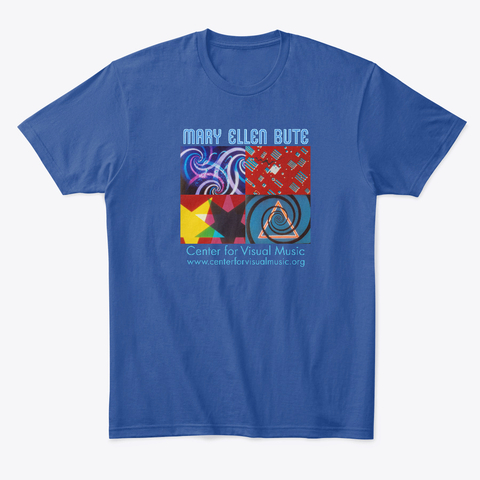W02_Mary Ellen Bute
(Artist research)
Biographic data
Mary Ellen Bute (November 21, 1906 – October 17, 1983) was a pioneer American film animator, producer, and director. She is significant as one of the first female experimental filmmakers, and was the creator of the first electronically generated film images. Her specialty was visual music; while working in New York City between 1934 and 1953, Bute made fourteen short abstract musical films. Many of these were seen in regular movie theaters, such as Radio City Music Hall, usually preceding a prestigious film. Several of her abstract films were categorized as part of her Seeing Sound series.
Mary Ellen Bute was born in Houston, Texas, on November 21, 1906, the first of six children in a socially prominent family. From age 16 to 28, she studied at the Pennsylvania Academy of Art, the Yale Drama Department and the Sorbonne, traveled around the world, and apprenticed to numerous avant-garde artists, scientists and musicians in New York City.
Between 1934 and 1953 Bute created 14 short abstract films, working with cinematographer Theodore Nemeth, an expert in animation and special effects. First in black-and-white, then in color, then pioneering in oscilloscope-generated imagery, most of the films were shown commercially in art theaters around the country; six premiered on the huge screen of the Radio City Music Hall.
In 1940, Bute and Nemeth were married and he opened his own studio where she often wrote scripts for his documentary and advertising films. Two sons, Theodore Jr. and James, were born in 1940 and 1947 respectively.
Moving to live-action fiction films in the mid-1950s, Bute produced a half-hour featurette, "The Boy Who Saw Through," casting teen-aged Christopher Walken in his first leading role.
Bute devoted some seven years to the feature-length Passages From Finnegans Wake, which she directed and produced. Her AFI-funded film about poet Walt Whitman was unfinished at the time of her death on October 17, 1983, in New York City.
Artworks
https://www.youtube.com/watch?v=biPgCugjoMM&
https://www.youtube.com/watch?v=3kV6MmwO86A&
https://archive.org/details/Escape.MaryEllenButeTedNemeth.1938ShortmovieNoLanguageconvertido
https://www.youtube.com/watch?v=czDsy8BYP1M&
https://www.youtube.com/watch?v=eoix2qjFgDo&
https://www.cccb.org/es/multimedia/videos/pantalla-interior-mary-ellen-bute/229486

Books and published work
http://www.centerforvisualmusic.org/ButeBiblio.htm
Exhibitions
http://www.centerforvisualmusic.org/Bute.htm
https://whitney.org/collection/works/39490
Articles
https://harvardfilmarchive.org/programs/seeing-sound-a-mary-ellen-bute-retrospective/1
https://makezine.com/2008/07/30/the-visual-music-of-mary/
https://www.awn.com/mag/issue1.2/articles1.2/moritz1.2.html
Videos
Related artists (and tools?) Oscilloscope (don’t have the volume too loud..) https://neil.fraser.name/news/2018/01/25/ Color organ: “a tradition of mechanical devices built to represent sound and accompany music in a visual medium” Light organ: electronic device that converts audio into light signals
Bruno Corra Vladimir Baronoff’s Optophonic Piano
https://www.acc.umu.se/~polarn-p/sas/Video/ScopeArt.pdf The beam in an oscilloscope is forced to follow two complex, harmonically related signals in producing the geometric patterns… you can feed harmonics from a music source into the Artist's circuit in place of the oscillator signals. This allows you to view the patterns created by harmonically related musical notes.
Other (Misc)
